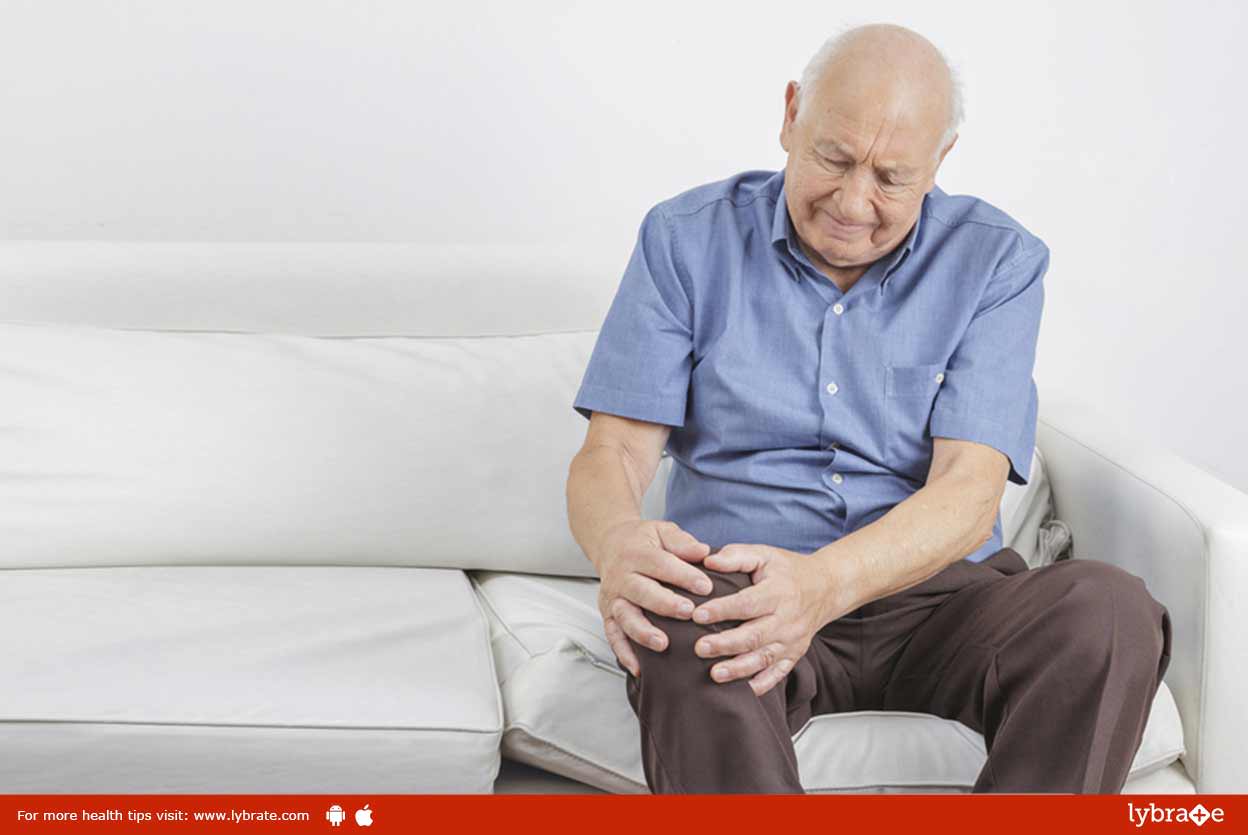By Dr. Umesh Raval , Pain Management
Knee surgery and the recovery from it can be a fairly long and complicated process and some pain is to be expected normally. Doctors usually prescribe a detailed combination of various pain medications along with some exercises once the healing process has reached a stage. Recovery in the case of knee surgery is slow and incremental and various strategies may be adopted at various stages. Immediately after the surgery, swelling, pain and bruising are to be expected. Some of the various strategies employed in different stages of healing are mentioned as follows.
Care Right After Surgery-
The pain immediately after surgery tends to be quite acute and thus doctors may take various steps to reduce it. Most surgeons use the drug ‘Procaine’ right after surgery once the anesthesia wears off. After this, certain pain medications such as oxycodone, morphine and fentanyl may be used for pain relief. A few days after surgery, pain management doctors may prescribe other medications which are milder to be used in the long run.
Postoperative Care In The Longer Run-
- Medication for pain a few days after surgery: While the intensity of the pain may go down in the long run, it is still present at this stage. Doctors may prescribe non-steroidal anti-inflammatory drugs such as ibuprofen or naproxen. However, if you feel stronger pain, tramadol and oxycodone may also be prescribed.
- Physical Therapy: About a week or so after surgery, a physical therapist may be assigned to you. This is done to help in normalizing movements of the joints and to improve circulation. The therapist will initially perform massages on your knee and then try to facilitate more pronounced movements incrementally.
- Compression Stockings: These are a type of tight-fitting knee wear which you are required to wear on your knees and may extend up to your thighs as well as the legs. These help keep your knees in position and also help in reducing inflammation.
- The use of ‘TENS’: TENS or Transcutaneous electric nerve stimulation is a method through which minute electric currents are passed through the affected area to stimulate blood flow. The circulation of blood helps the affected area in healing quicker.
- Self-exercising Your Joint: Once the pain has subsided, your knee will still be difficult to move and will be stiff. You will need to perform certain exercises as prescribed by your physical therapist which will gradually help in getting back the normal movements of the joint.








































